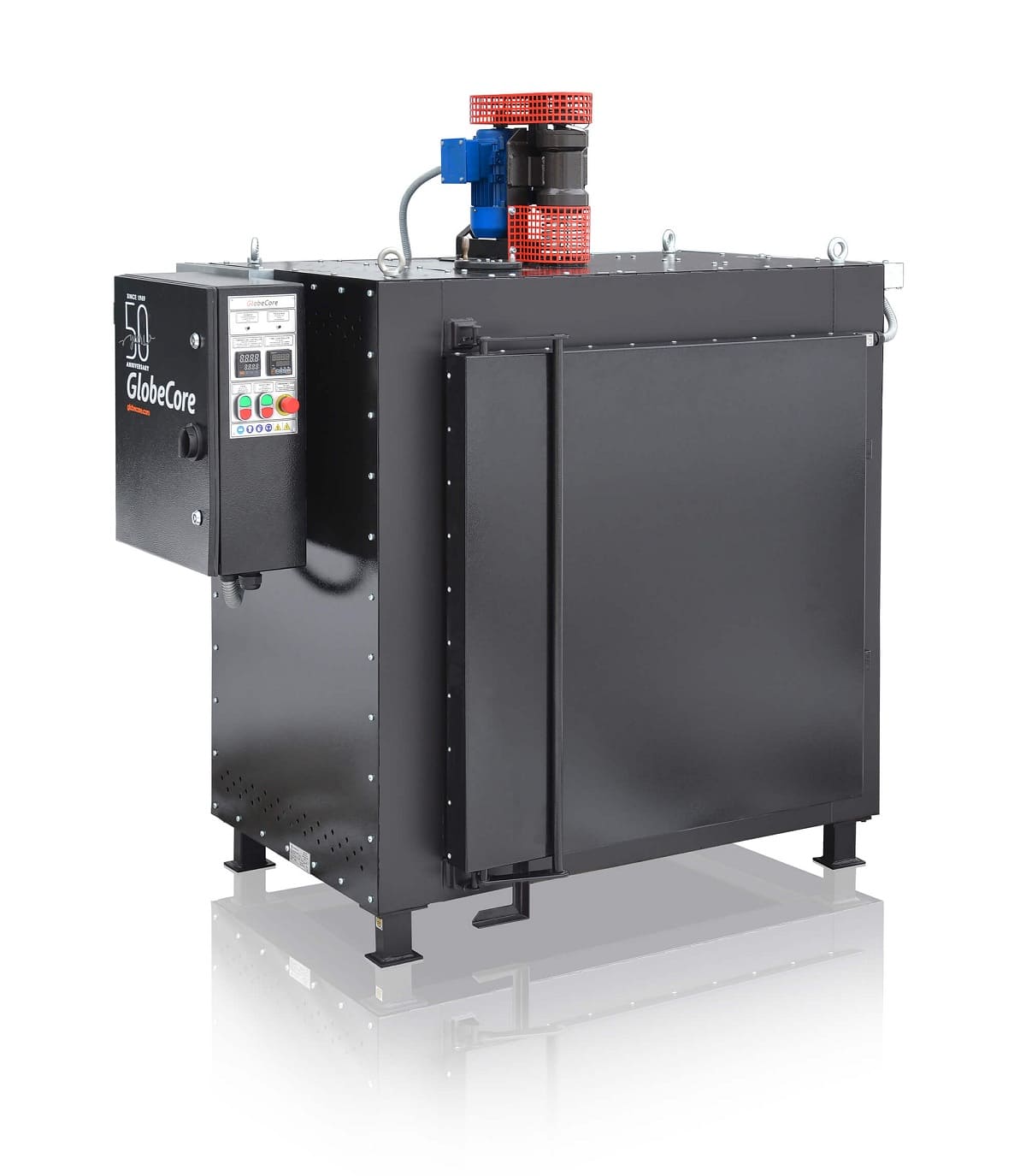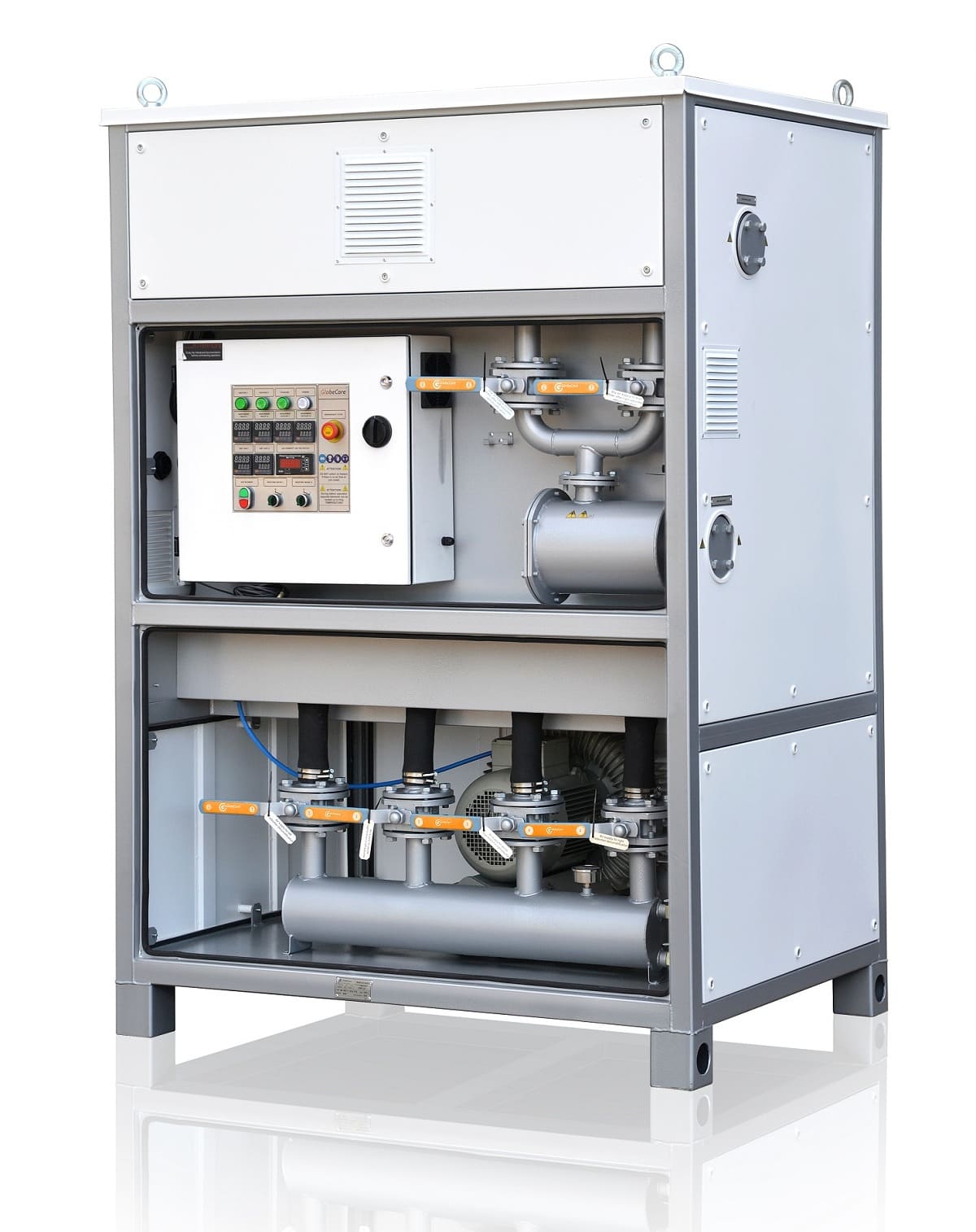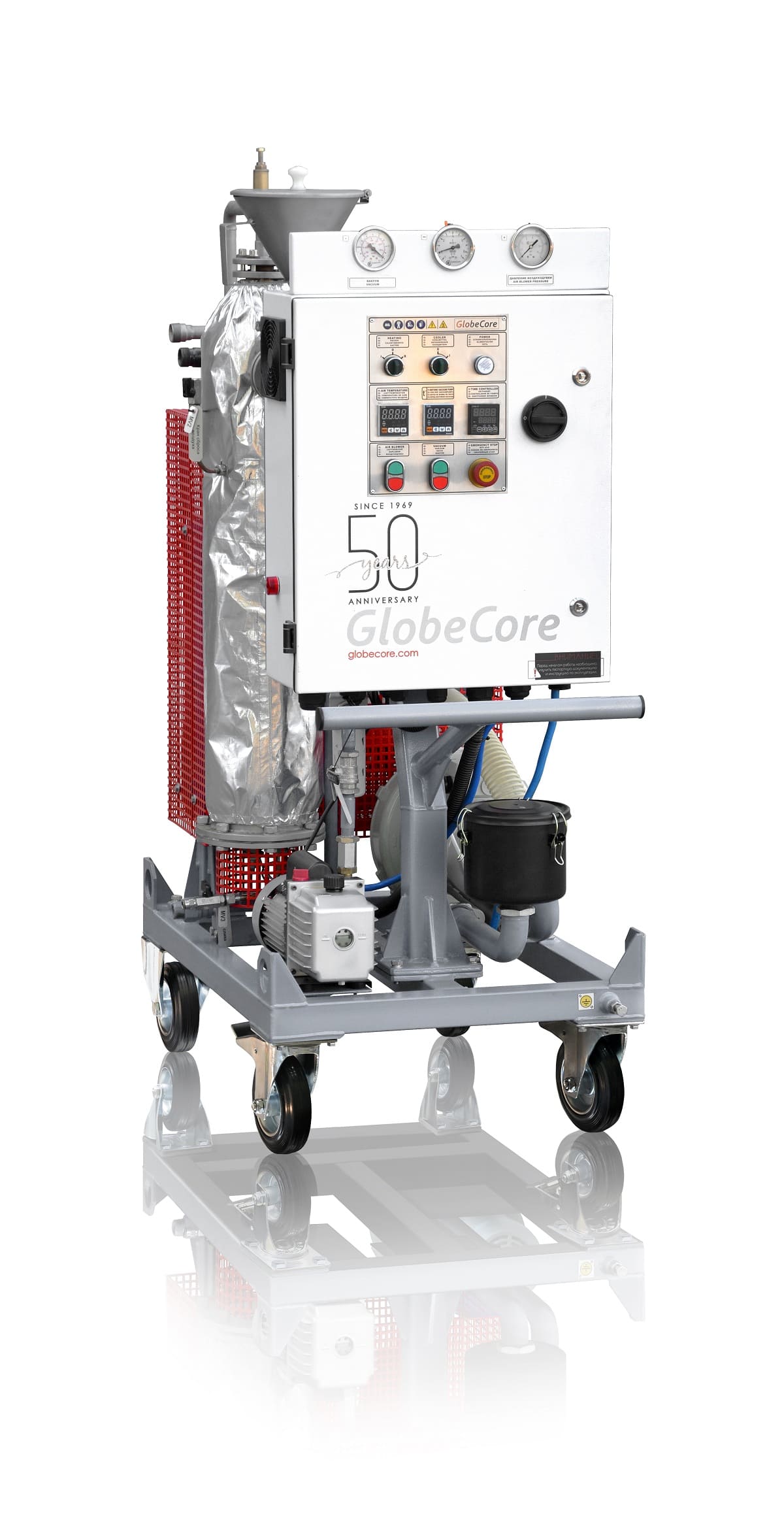What is the impact of Energy Consumption of Air Drying Systems on the overall cost-effectiveness of transformer maintenance?
- This topic has 1 reply, 2 voices, and was last updated 1 year, 2 months ago by .
Answers
-
October 7, 2024 at 9:09 am by Daniel Walker
The Energy Consumption of Air Drying Systems plays a significant role in determining the overall cost-effectiveness of transformer maintenance. Air Drying Systems, which rely on heating elements and fans or blowers to circulate dry air, can be energy-intensive, especially when dealing with large transformers or high moisture levels. High energy consumption directly translates to increased operational costs, making the maintenance process more expensive over time. Additionally, energy usage contributes to the environmental footprint of transformer maintenance operations, which can be a concern for organizations aiming to implement sustainable practices. However, advancements in Air Drying System technology, such as the integration of energy-efficient components and automation, can mitigate these impacts by optimizing energy use and reducing waste. Implementing energy-saving measures, such as variable speed drives for fans and precise temperature control, ensures that the system operates only at necessary levels, thereby minimizing unnecessary energy consumption. Furthermore, regular maintenance of the drying system ensures that all components operate efficiently, preventing energy losses due to wear or malfunction. Balancing energy consumption with drying efficiency is crucial; systems that achieve effective moisture removal with lower energy usage enhance the cost-effectiveness of transformer maintenance by reducing both direct energy costs and indirect costs associated with extended maintenance periods or premature transformer failures. Ultimately, managing the energy consumption of Air Drying Systems is essential for maintaining affordable and sustainable transformer maintenance practices.



